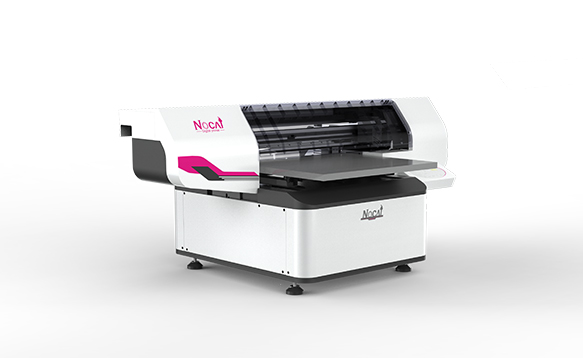
print color on wood
- By:nocai uv printer
- 2021-05-22
- 772
Printing color on wood has evolved from a conventional technique to a captivating art form that combines the natural beauty of wood with vibrant and intricate designs. In this article, we will delve into the realm of printing color on wood and unveil the incredible possibilities it offers. Join us as we explore the techniques, applications, and growing popularity of this unique artistic endeavor that mesmerizes audiences in Europe and America.

Section 1: The Art of Printing Color on Wood
Printing color on wood involves applying pigments, dyes, or specialized inks onto wooden surfaces to create vivid and long-lasting designs. This section will provide an overview of the various techniques used, including screen printing, digital printing, and traditional hand painting. Discover the intricacies of each technique and how artists harness them to bring wood to life with a burst of color.
Section 2: Advantages of Printing Color on Wood
Printing color on wood opens up a world of advantages for artists and craftsmen. Discuss the benefits of enhanced artistic expression, precise color control, durability, and the ability to showcase wood’s unique grain patterns alongside vibrant designs. Explore how this technique allows artists to create captivating wooden art pieces, furniture, home decor, and even architectural elements that effortlessly blend artistic flair with the natural warmth of wood.
Section 3: Applications of Printing Color on Wood
The versatility of printing color on wood enables its application in various industries and creative endeavors. Showcase how this technique has found its place in the realms of art, interior design, furniture manufacturing, signage, and custom-made wooden products. Highlight real-life examples and success stories where printing color on wood has transformed ordinary wooden surfaces into stunning works of art, elevating the aesthetics of any space.
Section 4: Exploring Different Wood Types and Surface Treatments
Different wood species and surface treatments yield diverse results when it comes to printing color on wood. Discuss the characteristics of popular wood types, such as oak, maple, and walnut, and how they interact with colors, pigments, and inks. Additionally, explore the impact of various surface treatments, such as sanding, staining, or sealing, on the final appearance and longevity of printed colors on wood.
Section 5: Tips for Achieving Stunning Results
Achieving breathtaking results when printing color on wood requires artistic vision, technical expertise, and attention to detail. Provide practical tips for artists, craftsmen, and enthusiasts, including selecting the right materials and inks, preparing the wood surface, mastering color blending and layering techniques, and exploring innovative approaches to add depth and texture to printed designs. Empower readers to embark on their own colorful wood printing journeys.
Conclusion:
Printing color on wood has emerged as an enchanting artistic technique, inviting artists and craftsmen to unleash their creativity and bring wood to life in vibrant hues. By understanding the art of printing color on wood, appreciating its advantages, and exploring its diverse applications, we gain a newfound appreciation for this fusion of natural and artistic elements. As this technique continues to captivate audiences in Europe and America, it enriches our living spaces with the timeless allure of wood enhanced by a riot of colors.

